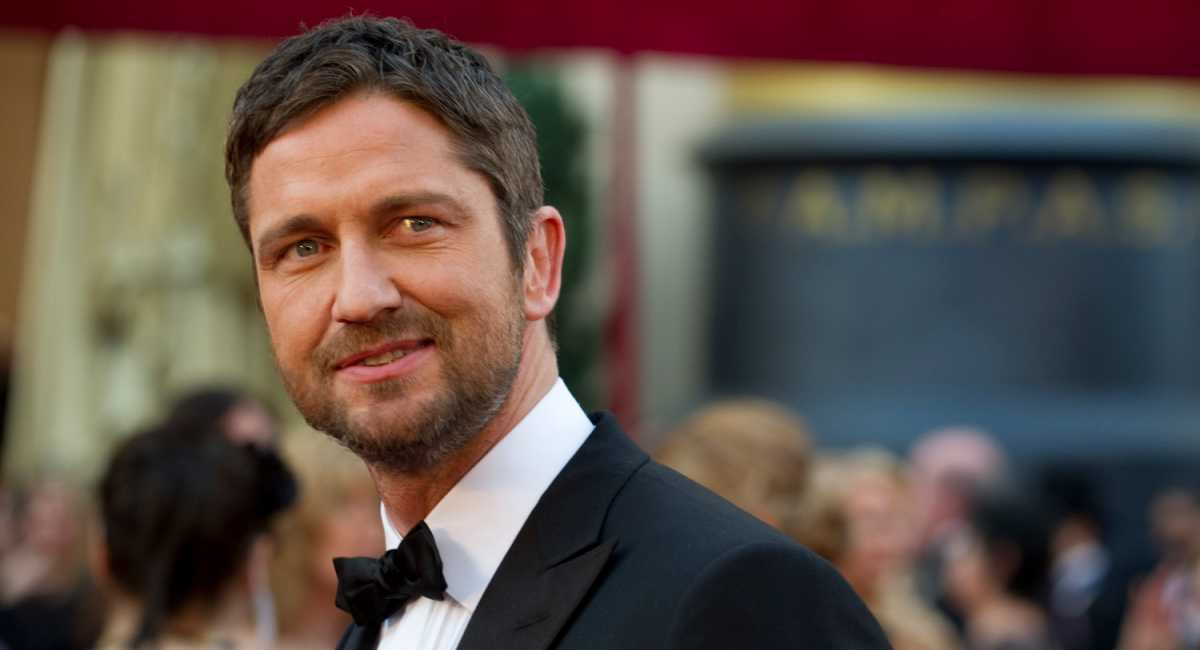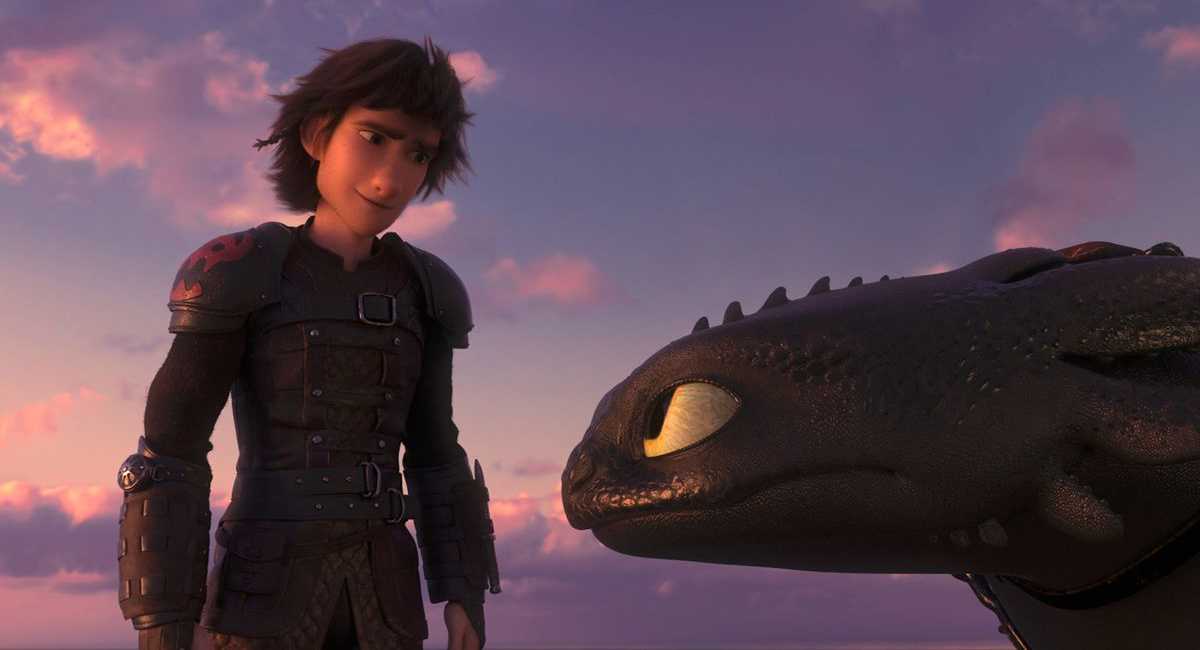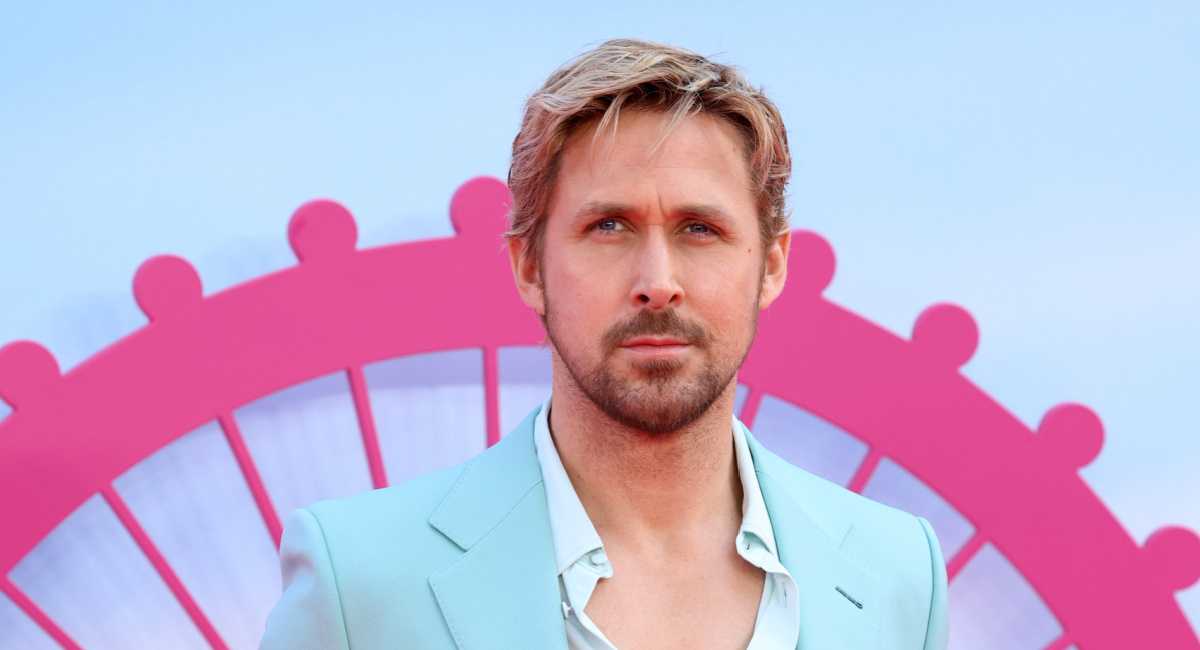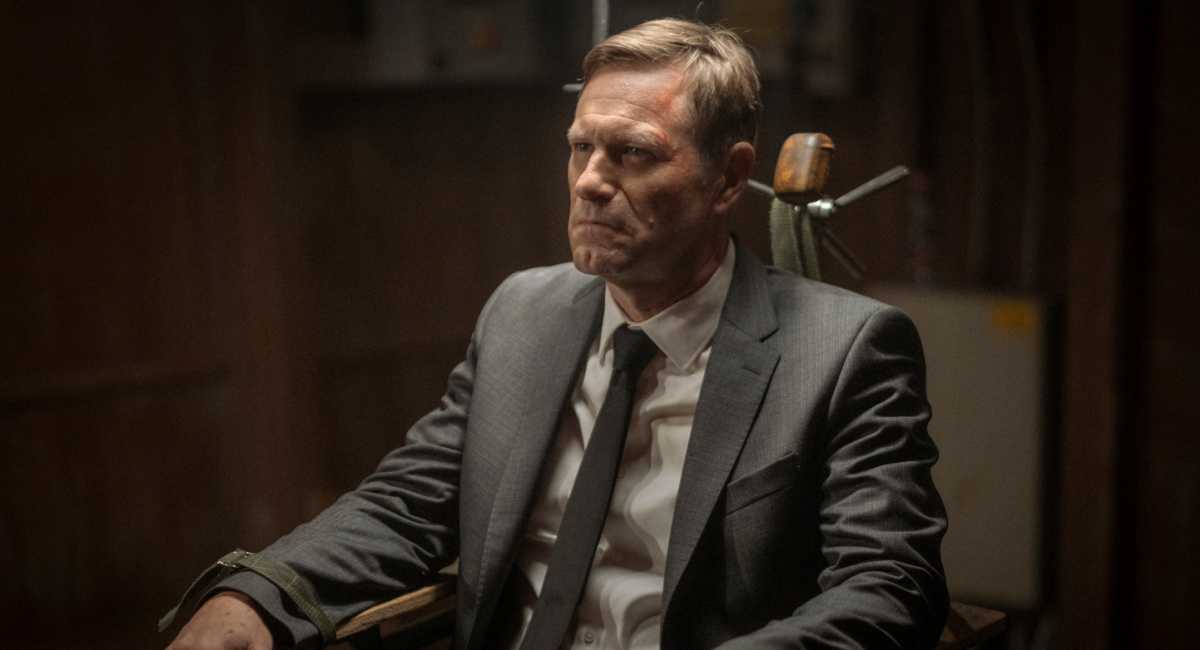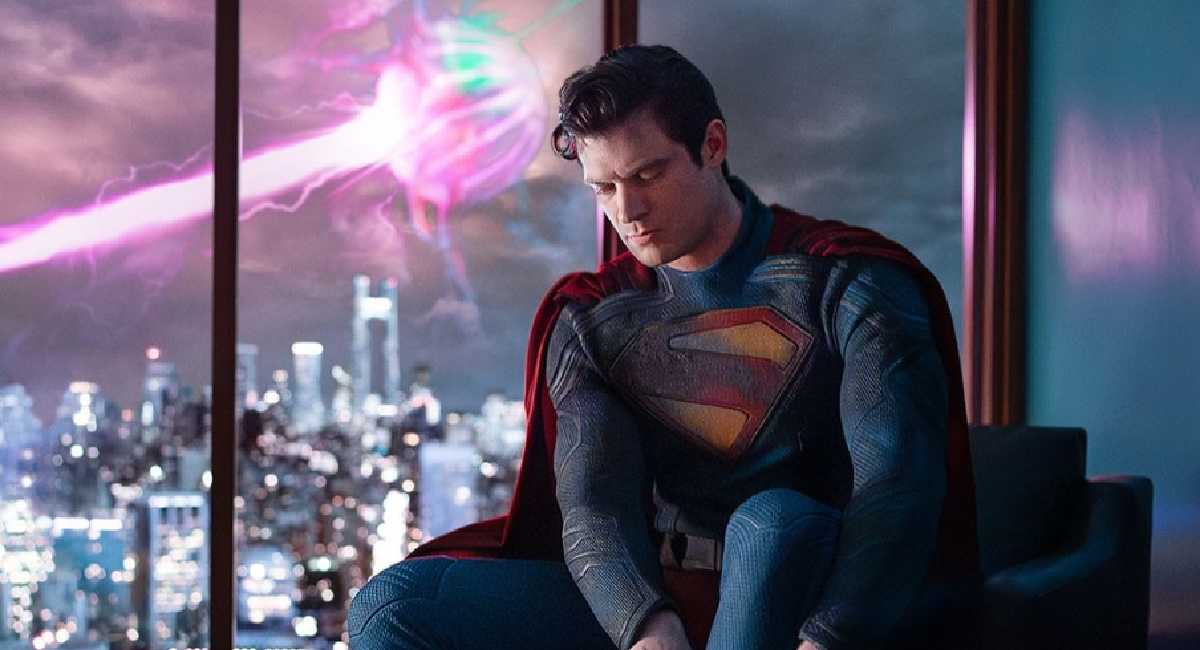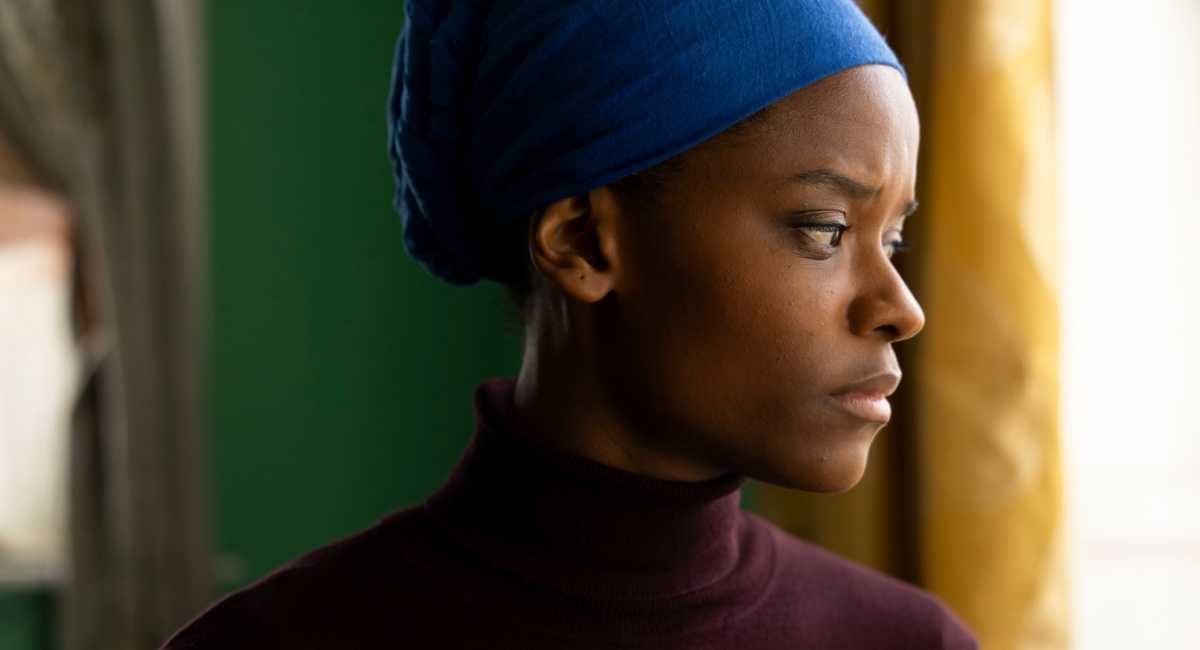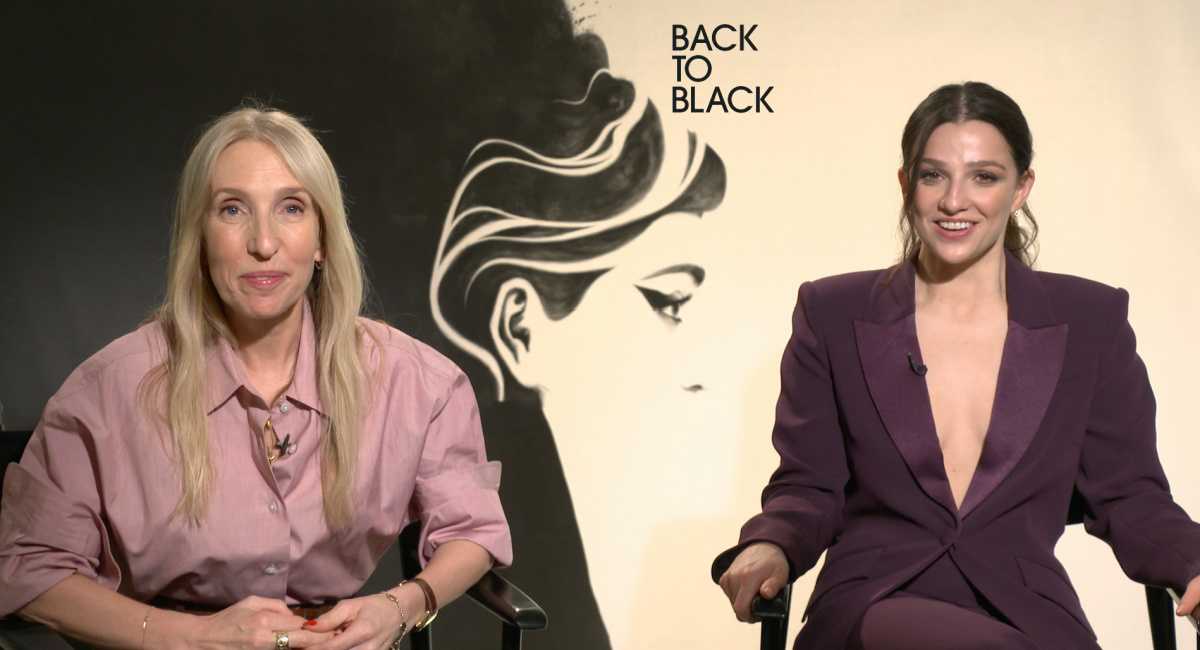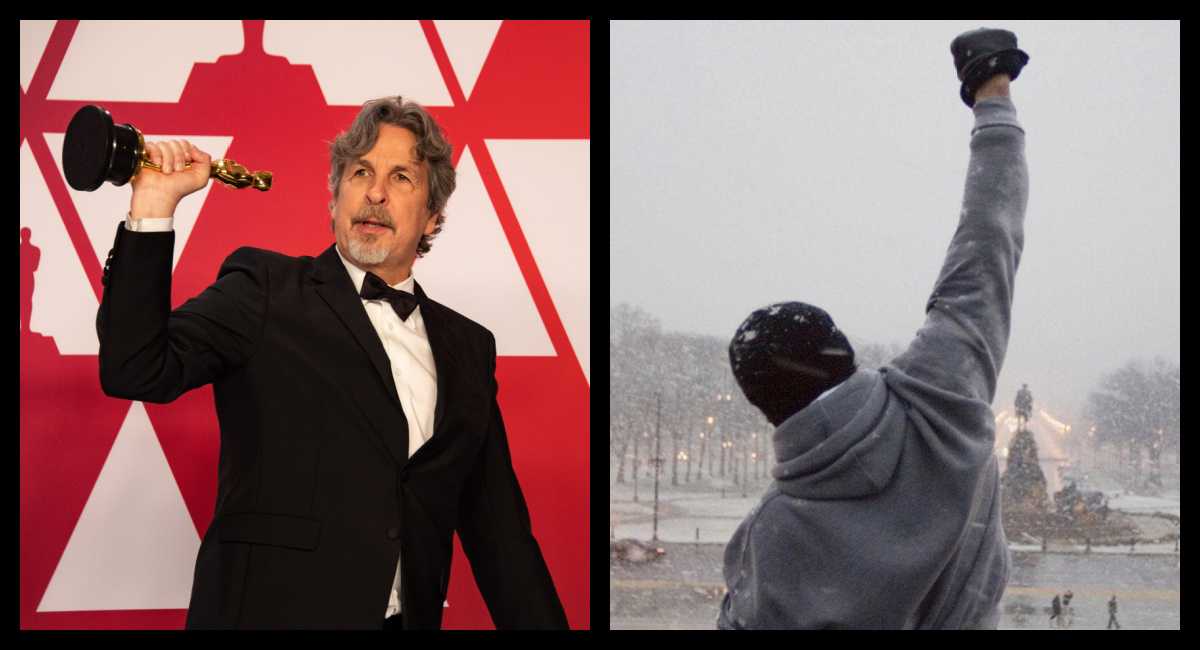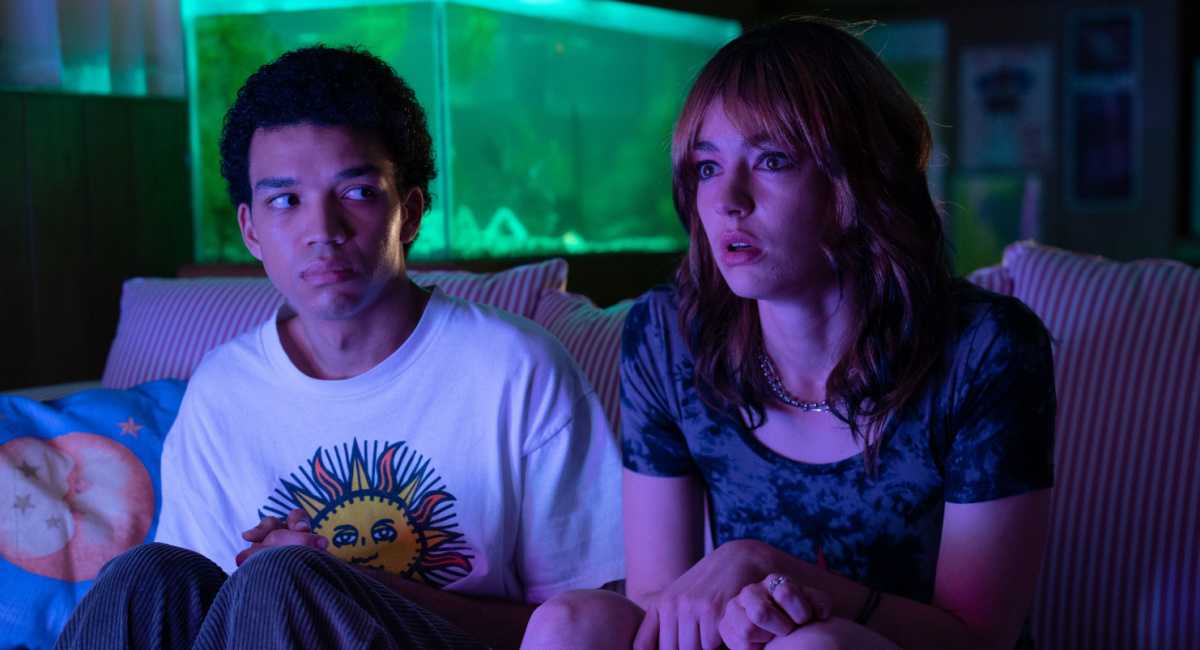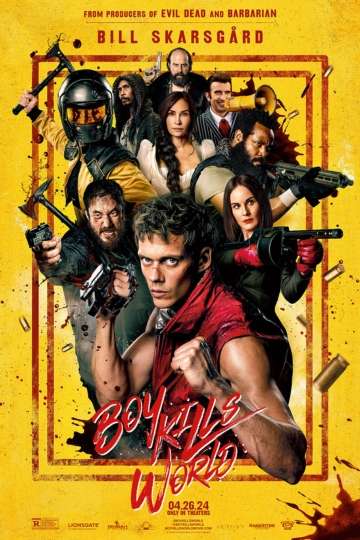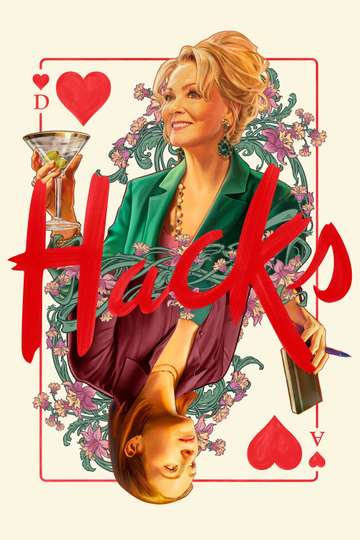'How to Train Your Dragon: The Hidden World' Director Dean DeBlois on His Own Epic Journey
Writer-director Dean DeBlois is one of the most successful names in animation, with this week seeing the conclusion of his "How to Train Your Dragon" trilogy, a series of films that have taken up the last two decades of his life, and have proven both financial and critical powerhouses. (The latest film, "How to Train Your Dragon: The Hidden World," is no different, with a 94% Fresh rating on Rotten Tomatoes and almost $200 million at the global box office.) We sat down with DeBlois in his office at the glittery DreamWorks Animation campus in Glendale, California, to talk about his career and everything that led to this singularly triumphant moment.
When DeBlois started off in animation, he was working for Don Bluth, the famous Disney raconteur who left the studio in the mid-1980s to set up his own animation studio that, for a solid run, rivaled Disney’s animation supremacy (with movies like “An American Tail” and “The Land Before Time”). “It was obviously very exciting because it was a big feature animation studio and I was just out of college and I was in a new country and working with some very, very talented people. I was a huge fan of 'The Secret of NIMH.' I just thought the design and animation and ambition behind it was really inspiring,” DeBlois explained. He worked on three movies while at the studio -- “Troll in Central Park,” “Thumbelina,” “The Pebble and the Penguin” -- a period of time DeBlois described as “the stinker era of the studio.” Still, he learned some important lessons. “My biggest takeaway was, despite the drove of talent and the energy within the studio, which was great -- people working late and devoting weekends and delaying vacations -- the ultimate takeaway from it was unless you have some influence in steering the story and making those decisions at the very top, you can lead a crew of very talented people years into something that they’re ultimately embarrassed to claim they worked on,” DeBlois explained. He continued: “That was my biggest takeaway. I thought, If I ever get the chance to direct a movie, I want to make first and foremost that the crew is proud of it. Because there was no lack of talent. I think Don is an amazing draftsman and great animator and very inspiring in terms of what he brings aesthetically to the mix. But he’s not a great storyteller. And he wouldn’t acknowledge that. And he wouldn’t give that up.” Then came arguably the biggest phase of his career, pre-“Dragon.”
DeBlois was hired by Walt Disney Feature Animation to work on “Mulan.” But production, by all counts, was slow, and he was hired to work in Burbank on pre-production. “That turned out to be a longer stint than anyone imagined. I think I was here for two years before we moved. But it allowed me to jump into the story department. I was told you had to go through an internship and it was this whole process but because they had nothing for me to do, I was hired as a layout artist, and they knew I had a strong interest in story, they decided to test me out,” DeBlois said. And while it started his career in story, it was more important because he would meet someone who would change his life forever: fellow animator Chris Sanders.
Sanders was part of the story team on “Mulan” working in Burbank. It was only 8 or 10 people. “Quickly I realized, of everybody I was working with, Chris and I had so many similar sensibilities. One thing that you really can’t force in animation, you often see paired directors, some of them are shotgun weddings,” DeBlois said. “It’s difficult to be on those crews because you know those two might not be in sync. But with Chris and I, we just gravitated towards one another. We have the same sense of humor. We like the same types of films. We are motivated by the same pieces of orchestral score. The conversation was always additive.” When Sanders was contractually allowed to develop a feature, DeBlois took over Sanders’ role as head of story on “Mulan,” and when that production was finished, they helped develop “Lilo & Stitch.”
It was Sanders that would turn out to be DeBlois' greatest creative collaborator (right before the interview started, he said he had seen a rough cut of Sanders' first live action film, a new "Call of the Wild" with Harrison Ford, and said it looked terrific). This first film together was born out of a desire to do things differently at Disney.
At the time, Michael Eisner had hosted a creative retreat at his Aspen ranch, "as he was inclined to do every year or so." The subject of the retreat was the types of movies Disney was making at the time. "There was a conversation about taking a little more risk and trying something different and perhaps quirky and a little offbeat for Disney and balance that risk by giving it a much lower budget and less time to make it," DeBlois explained. Sanders had come up with the idea of "Lilo and Stitch" as a children's storybook in the 80s ("conceptually it was a different story, but essentially the same character at its core") Sanders pitched the idea and Eisner agreed, with the provision that there'd be "a lot less money and less time."
The caveat was that they'd have to go back to Florida, where they had just finished work on "Mulan." "It turned out to be a blessing because we were off the radar. There were so many films that were housed here in Burbank at the studio and we were sort of out of sight, out of mind. And it allowed us to write a very singular voice within the screenplay, but also empower everybody at the Florida studio to take ownership of it," DeBlois said. This was in direct response to "Mulan," which he describes as "a less happy experience." Of "Mulan," DeBlois said, "the production took forever, but by the time we really got it on the right track, there wasn't very much time and so people were just putting so many hours in and people got sick and got divorced. It was kind of an angsty production toward the end when we went back to Florida and we said, 'Let's conspire to use our limitations creatively within the movie so that we can go home at night and be with their families and have weekends." They made a vow: "this movie is not going to cause divorces or illness."
They embraced those technical limitations, some of which were widely heralded. "Lilo and Stitch" is notable for using water colored backgrounds; it was the first time a Disney animated movie had used the technique in decades. But it was all to hide their shortcomings. He said they "adopted the watercolor look because we couldn't afford shadows." Now here's something for eagle-eyed viewers to watch for the next time they view the film. "For most of the movie Lilo or Stitch, they're standing in the shadow of a tree because like when they couldn't cast shadows," DeBlois said. "Things you wouldn't really notice."
After "Lilo and Stitch" was release, DeBlois sold a number of live action scripts, all of which he intended to direct. "Three of them got set up and all three suffered the same demise," DeBlois explained. "There was a change in presidency at Disney and so all of the projects that had been under Nina Jacobson got put on hold or shelved. And then same thing happened at Universal." Still, he looks back on this time as (another) educational experience. "It was frustrating, but it was kind of a quick education in how luck-driven and timely you have to be in live action. Elements have to come together quickly because things can disband very, very fast."
Around the same time that the live action projects were falling apart, DeBlois was taking a course in music video production and "got into making small, handmade music videos." He was incredibly inspired by music videos by Icelandic pop band Sigur Rós. It led to him pitching music video ideas to the band and, ultimately, a feature-length concert film called "Heima," which began with a call from the band. "They said, 'Listen, we, we've been trying to make this tour video and it's kind of hit the rocks and we're about to shelve it. Can I send you a drive full of footage and just as a fan, take a look at it and tell me what you think?'" DeBlois gave them some ideas and found out that he was perfectly in sync with the band. And the result is a genuinely breathtaking experience, whether you're a fan or not.
His return to animation, though, was just as serendipitous. He was working on a polish of one of the live action films ("Sightings" for Universal) and contemplating whether or not it would actually get made, when an old friend made contact. "I got a call from Chris who had been been working at DreamWorks for a year or two on 'The Croods.' He got a call over the weekend from Jeffrey Katzenberg who said, 'Listen, can you jump off of 'The Croods' and onto 'How to Train Your Dragon?' It has a fixed release date 15 months from now and we've realized this thing needs a complete re-conceive at the screenplay level. So he said, 'I'll do it if, if Dean's available.'" DeBlois admits that the call was "a bit of a godsend," since he was in Seattle "twiddling my thumbs." Sanders thought that the project would be in DeBlois' "wheelhouse." "True enough," DeBlois said, "I love stories where you've got young protagonists in over their heads in the world of the supernatural or fantasy. And so it did really speak to my sensibilities and our sensibilities."
Not that production on the first "How to Train Your Dragon" was smooth sailing. The filmmaking team was taking over a movie that had largely been designed and staged. Sanders and DeBlois had to create a new Toothless and "a new monster dragon." They also "aged up the characters," and deviated from the source material. Their goal, too, said DeBlois, was to give it "bigger fantasy adventure tropes" while retaining the spirit of the books.
For the sequel, DeBlois wrote and directed it himself. And even that wasn't smooth sailing. The director's original concept for Hiccup's mother (Cate Blanchett) was that she was more of an antagonist who believed that "humans cannot be trusted." In the third act of this version, her character fought Hiccup and took the dragons away to be hidden, only returning for the third act of this latest movie. An executive at the time had to take DeBlois aside and said, "You're never going to be, be able to avoid youngsters in the audience turning to their parents saying, 'Why is hiccup fighting his mother and why is this mother taking away the dragons?'" DeBlois loved the "grand Shakespearean quality" of the original audience but "relented." "I think perhaps it was more mature than we could expect of the audience," DeBlois explained.
As work continued on the films, the "How to Train Your Dragon" franchise ballooned and now encompasses several television series, theme park attractions (there's a really incredible ride at a theme park in Dubai) and other peripheral properties. It's not just a movie series; it's a whole ecosystem. And DeBlois said he would occasionally meet with the TV series show runners, "just to make sure we weren't stepping on each others toes." Occasionally, he said, he would think about adding a "certain dragon species" into the films only to discover they'd already done it on the show.
Well, there was certainly a lot of ground left to cover because "How to Train Your Dragon: The Hidden World" certainly explores things and places you probably never thought you'd see in the series. And it has an ending that will have you grabbing for the nearest tissue. It's an experience, all thanks to Dean DeBlois.
"How to Train Your Dragon: The Hidden World" is out now.
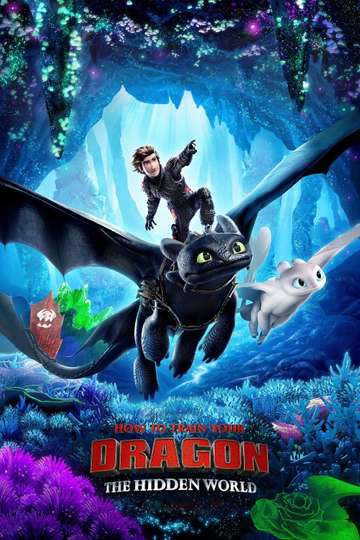
How to Train Your Dragon: The Hidden World


